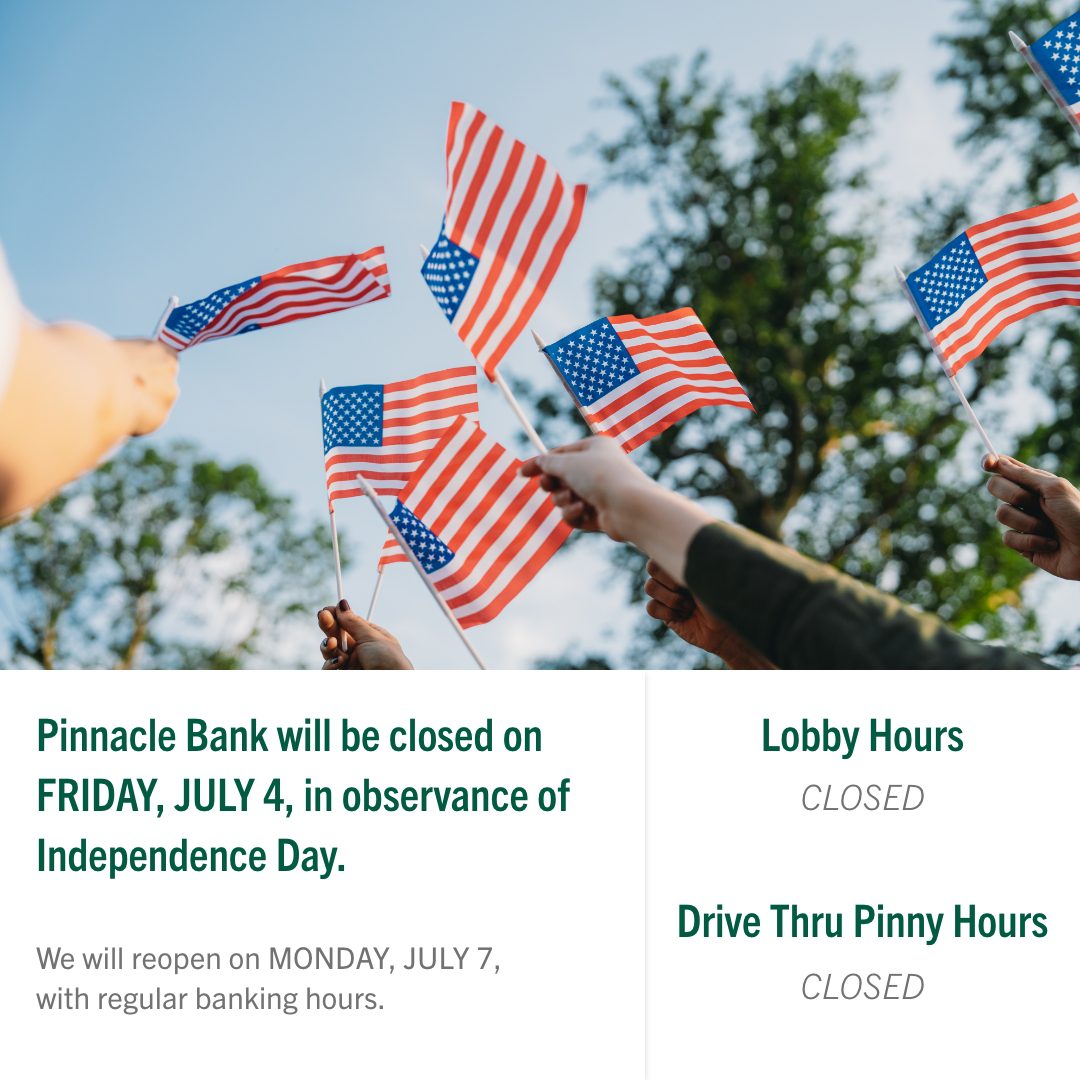If you’re planning to buy a home this spring or summer, your first step is to get
pre-qualified. But with so many mortgage options available, how do you know which is best for you?
Two types of mortgages
There are two common types of mortgages you’ll find in the market. Let’s take a brief look at each:
- Fixed-rate mortgage. The interest rate remains the same over the mortgage’s life.
- Adjustable-rate mortgage (ARM). These mortgages have a fixed interest rate for a specific period of time that may change based on your mortgage agreement to reflect market conditions. Typically, your interest rate is based on a market index that may change over time (prime rate, SOFR or T-Bill rate), plus a margin (a set percentage the lender adds to the index rate that doesn’t change).
Fixed-rate mortgage: pros and cons
A fixed-rate mortgage is most popular when rates are low (as is the case in our current market). You can easily budget your monthly payment because your rate doesn’t change throughout the life of the loan.
On the downside, the initial interest rate is generally higher than that of an ARM. Plus, if rates drop in the market, your rate won’t adjust unless you refinance to a new mortgage.
ARMs: pros and cons
The initial rate for an ARM is typically lower than a fixed-rate mortgage — and that means your payments will be lower initially as well. People will often choose ARMs over fixed-rate mortgages when they plan to sell their home before the first rate adjustment or if fixed-rate mortgage rates are much higher than ARM rates.
The most significant risk you take with an ARM is the possibility of a rate adjustment during your loan term. In some instances, you may see your monthly payment increase to an amount that may be difficult to manage within your budget. And if refinancing or selling is not an option, you can be at risk of losing your home.
Learn more about the difference between fixed-rate mortgages and ARMs.
Other factors to consider
But interest rates only tell part of the story. You should also consider whether or not a 15- or 30-year mortgage is right for you. In most cases, you’ll make a higher monthly payment with a 15-year mortgage; however, that also means you’ll pay it off faster, saving money over the life of your loan.
On the other hand, you’ll make lower monthly payments on a 30-year mortgage (although in the long-run, you’ll pay more in interest than a 15-year mortgage) and may be able to get into a larger home because you can spread your payments over a more extended time.
Use this calculator to see which option best fits your budget.
Which mortgage is right for you?
It’s your choice and depends on your situation. Before making your decision, talk to one of our Mortgage Loan Officers. We’ll work with you to find the right mortgage for your financial circumstances and family needs.
Take a look at the mortgage options available at Pinnacle Bank.








